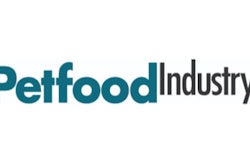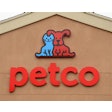
From Petfood Industry:
The internet has been a source of pet food misinformation for years. Pet food manufacturers still face many of the same challenges from blogs, comments and social media that they did a decade ago.
Recall misinformation
In 2007, Petfood Industry’s Debbie Phillips-Donaldson warned that an overabundance of pet food misinformation can swamp scarce accurate advice and data.
While it's certainly understandable that pet food companies have been very careful about releasing recall-related statements or communicating with the media or consumers, not doing anything may be a recipe for disaster, at least from a public relations sense.
As the saying goes, nature abhors a vacuum, and in this case the vacuum, lack of information and communication, is being filled at lightning speed with opinion, emotion and speculation. With a few facts thrown in for seasoning.
Online complaints and rumors
Recently, Melissa Brookshire, DVM, discussed the problem of online complaints for pet food companies. Pet food consumers often look online to find out if there is a problem with the food they have been feeding, before they contact the company.
Many pet food consumers want to know that you hear them, that you will look into their specific problem, and that you have quality and safety programs in place to prevent a pet-food-related issue from occurring. When you can honestly tell a consumer that a particular batch had 2,000 bags (or 1,000 or 4,000, whatever it may be) shipped to “X” different locations and not a single other issue has been reported, you can turn the conversation away from internet misinformation.
Something To Chew On: The Internet abhors a vacuum
















